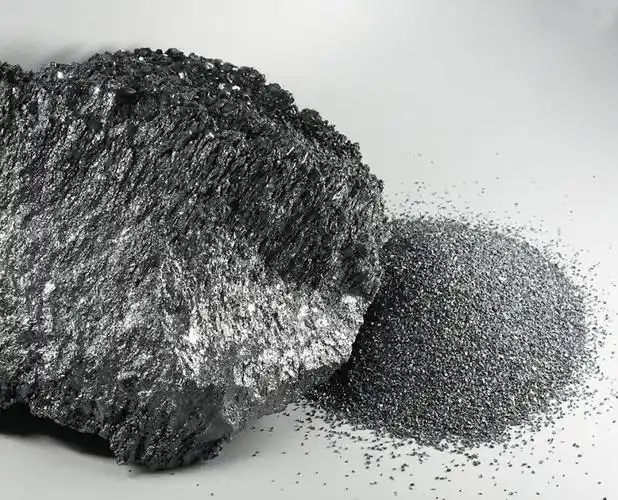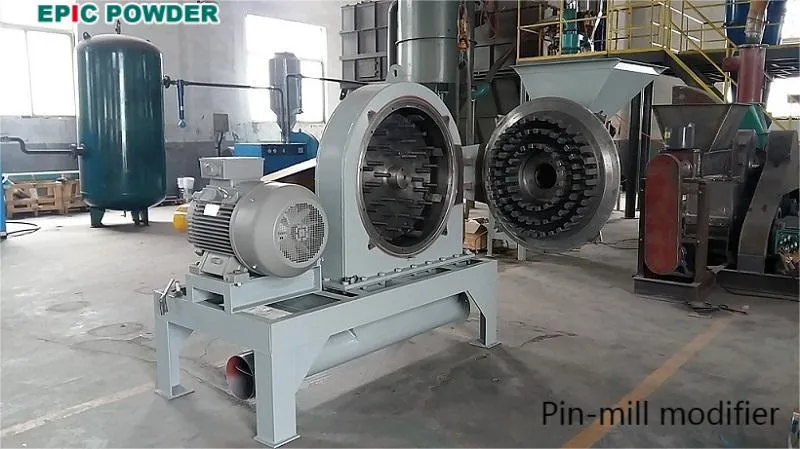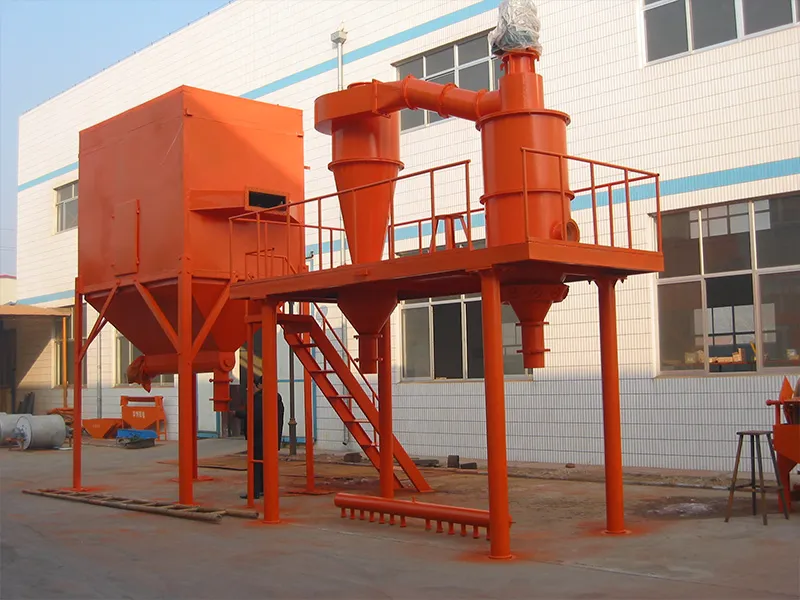Silicon Carbide (SiC) is an inorganic non-metallic compound formed by covalent bonding between silicon and carbon. Due to its exceptional properties of high hardness, high temperature resistance, corrosion resistance, high thermal conductivity, and wide bandgap semiconductor, SiC has a wide application in multiple industries. Additionally, its powder processing technology also indirectly influences the performance of end products.

Applications of silicon carbide
① Semiconductors and electronic devices (core growth area)
Substrate material: 4H-SiC single crystal is used to manufacture high-power, high-temperature resistant power electronic devices (such as MOSFET, IGBT), which are widely used in new energy vehicles, photovoltaic inverters, and 5G base stations.
Epitaxial wafer: epitaxial layer is grown on SiC substrate to manufacture high-frequency and high-voltage chips. For example: Tesla Model 3 inverter uses SiC modules, which increases efficiency by 5%.

② Abrasives and wear-resistant materials
Grinding wheel/sandpaper: Silicon carbide powder with particle sizes of 80-2000 mesh (D50: 7~180μm) is used for precision grinding of metals and ceramics.
Sand blasting: Coarse particles (>1mm) are used to clean the casting surface.
Composite materials: Added to resin or metal matrices to produce wear-resistant coatings, such as aircraft engine seals.
③ High temperature structural ceramics
Kiln parts: Silicon carbide kiln tools (such as shelves and saggers) can withstand high temperatures above 1600°C and are used for ceramic sintering.
Heat exchangers: Utilize the high thermal conductivity of silicon carbide (approximately 150W/m・K ) to manufacture high-efficiency heat exchange equipment for industrial use.
④ New energy and environmental protection
Lithium-ion batteries: As an additive to negative electrode materials (such as composite with graphite), to improve battery capacity and cycle life.
Environmentally friendly filtration: Porous silicon carbide ceramics are used for dust removal in high-temperature flue gases, such as coal-fired power plants.
Powder processing technology of silicon carbide
– Crushing and grinding of raw material
Equipment: jaw crusher (coarse crushing) → impact crusher (medium crushing) → ball mill/vibration mill (fine grinding to D50: 100~300μm).

Key parameters: feed size ≤50mm, discharge size controlled at 80-200 mesh for precision polishing.

– Fine classification and particle size control
Turbine classifier: used for micron-level (1-50μm) classification, and it needs to be equipped with tungsten carbide coated classifying wheel and nitrogen protection to prevent oxidation.

Supersonic classifier: Nano-scale (50-500nm) classification, used for semiconductors, high-temperature structural materials, such as aircraft engine parts and other high-end applications.
– Purification and surface treatment
Acid elution: Use a mixture of hydrofluoric acid (HF) and nitric acid (HNO₃) to remove metal impurities (such as Fe and Al), with a purity of more than 99.9%.
Surface modification: Treatment with coupling agents, such as silanes, to improve compatibility with resin matrix for composites.

– Drying and packaging
Spray drying: rapid dehydration (water content <0.1%), avoiding agglomeration. This is suitable for nano powders.
Vacuum packaging: moisture-proof and anti-oxidation, meeting the cleanliness requirements of the semiconductor industry.
Qingdao Epic Powder Machinery Co., Ltd. is a powder processing equipment manufacturer with rich experience and technical accumulation.
Our products cover grinding equipment, classifying equipment, modification equipment and related auxiliary equipment.
- Ball mill and vibration mill can be used for grinding silicon carbide.
- Air classifier can be used for classifying silicon carbide.
- Pin-mill and three-rotor-mill can be used for modifying silicon carbide.
Epic Powder has been engaged in powder processing industry for many years. Our products have been verified by the market and supported by customers. If you need relevant equipment to process silicon carbide or other materials, or need other powder processing equipment, please contact our staff directly. We will provide you with a one-stop solution from equipment selection, solution design to installation and commissioning, and after-sales service.
Conclusion
Silicon carbide is transforming from a “high-end supporting role” in new energy vehicles, 5G communications,etc to a “core engine” for energy revolution and intelligent manufacturing. It is expected that after 2025, as 8-inch substrates become popular and costs further decrease, its application will spread to mass markets such as consumer electronics and AI infrastructure.

